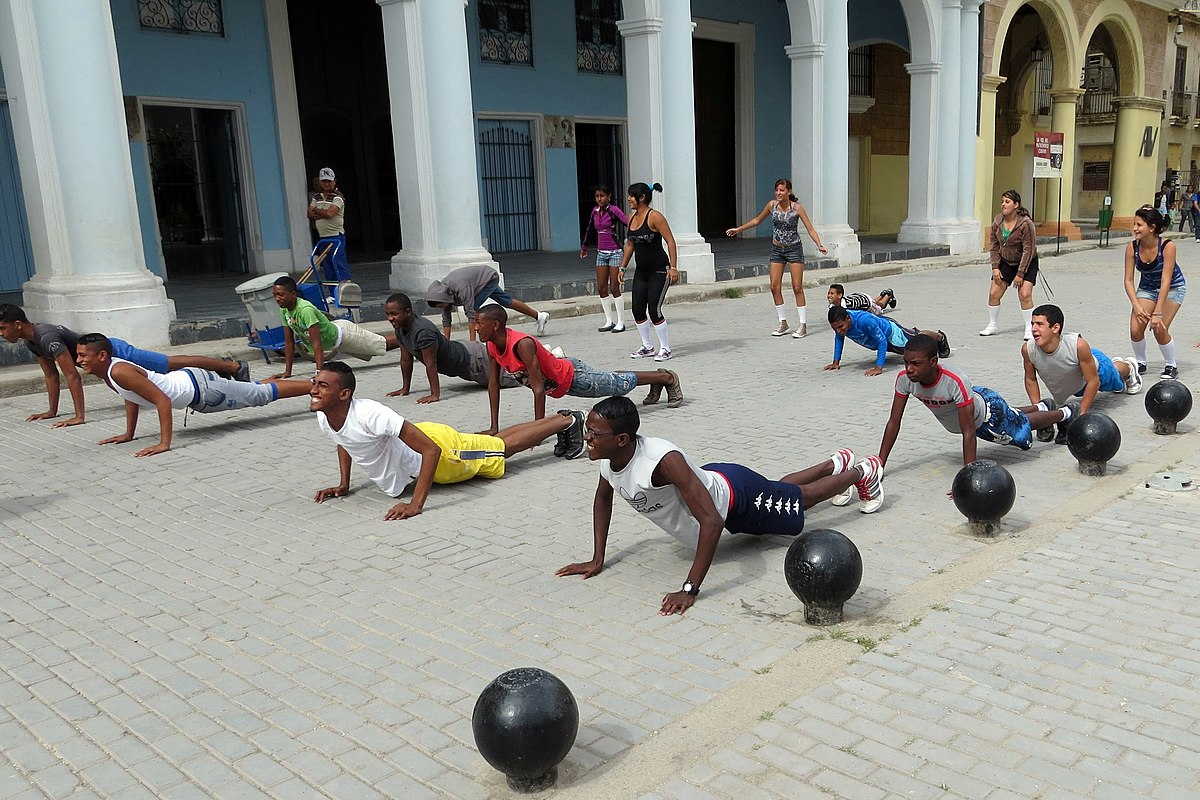- Empty cart.
- Continue Shopping
The Importance of Physical Activity for Kids

Physical activity is essential for children’s overall health and well-being. In an age where screens and sedentary activities are prevalent, encouraging kids to engage in regular physical activity is crucial for their physical, mental, and social development.
Physical Health Benefits
1. Healthy Growth and Development:
- Regular physical activity supports healthy growth and development in children. It helps build strong bones, muscles, and joints.
2. Weight Management:
- Physical activity is key to maintaining a healthy weight. It helps children burn calories and prevent excessive weight gain, reducing the risk of obesity.
3. Cardiovascular Health:
- Active children are more likely to have better cardiovascular health. Physical activity strengthens the heart and improves blood circulation.
4. Better Physical Fitness:
- Regular activity enhances physical fitness, including endurance, strength, and flexibility.
5. Enhanced Motor Skills:
- Physical activities like running, jumping, and climbing help develop essential motor skills in children.
Mental Health Benefits
1. Stress Reduction:
- Physical activity is a natural stress reliever. It helps reduce anxiety and improves mood.
2. Improved Cognitive Function:
- Active kids often have better cognitive function, including enhanced memory and problem-solving skills.
3. Boosted Self-Esteem:
- Achieving physical milestones and engaging in sports can boost a child’s self-esteem and confidence.
4. Better Sleep:
- Regular physical activity promotes better sleep patterns, ensuring children get the rest they need for optimal growth and development.
Social and Emotional Benefits
1. Social Interaction:
- Physical activities often involve group play, which encourages social interaction, cooperation, and teamwork.
2. Friendship Building:
- Kids who engage in physical activities together often form strong friendships, fostering a sense of belonging.
3. Emotional Regulation:
- Physical activity helps children learn to manage their emotions and cope with stress and frustration.
Promoting Physical Activity in Children
1. Lead by Example:
- Be a role model by incorporating physical activity into your own routine. Children are more likely to be active if they see their parents or caregivers prioritizing it.
2. Provide Opportunities:
- Offer a variety of physical activities and sports for children to choose from. This allows them to discover activities they enjoy.
3. Limit Screen Time:
- Set limits on screen time and encourage outdoor play instead.
4. Create Family Activities:
- Plan family outings that involve physical activity, such as hiking, biking, or playing sports together.
5. Make it Fun:
- Emphasize the enjoyment of physical activity rather than performance. Make it fun by playing games and being creative.
6. Support Sports and Clubs:
- If your child shows interest in a specific sport or activity, support their participation in organized sports or clubs.
7. Establish Routine:
- Incorporate physical activity into your child’s daily routine, such as a walk after dinner or active playtime.
8. Be Encouraging:
- Encourage your child’s efforts, celebrate their achievements, and provide positive reinforcement.
Finally, Physical activity is essential for children’s overall health and development. It promotes physical fitness, mental well-being, and social skills. Parents, caregivers, and educators play a vital role in fostering an active lifestyle by providing opportunities, setting examples, and creating an environment where physical activity is valued and enjoyed. Encouraging kids to be active from a young age sets the foundation for a lifetime of health and well-being.








